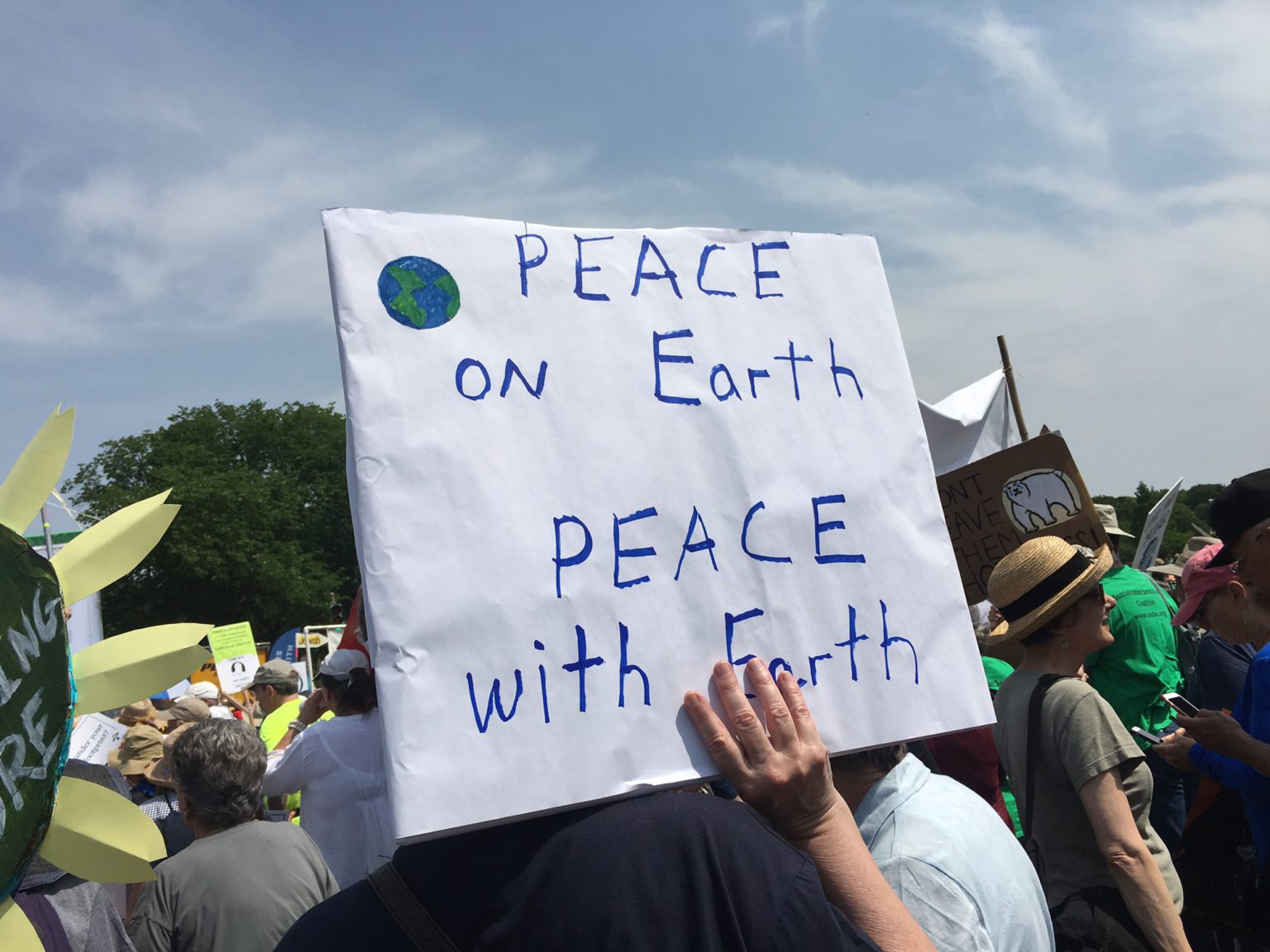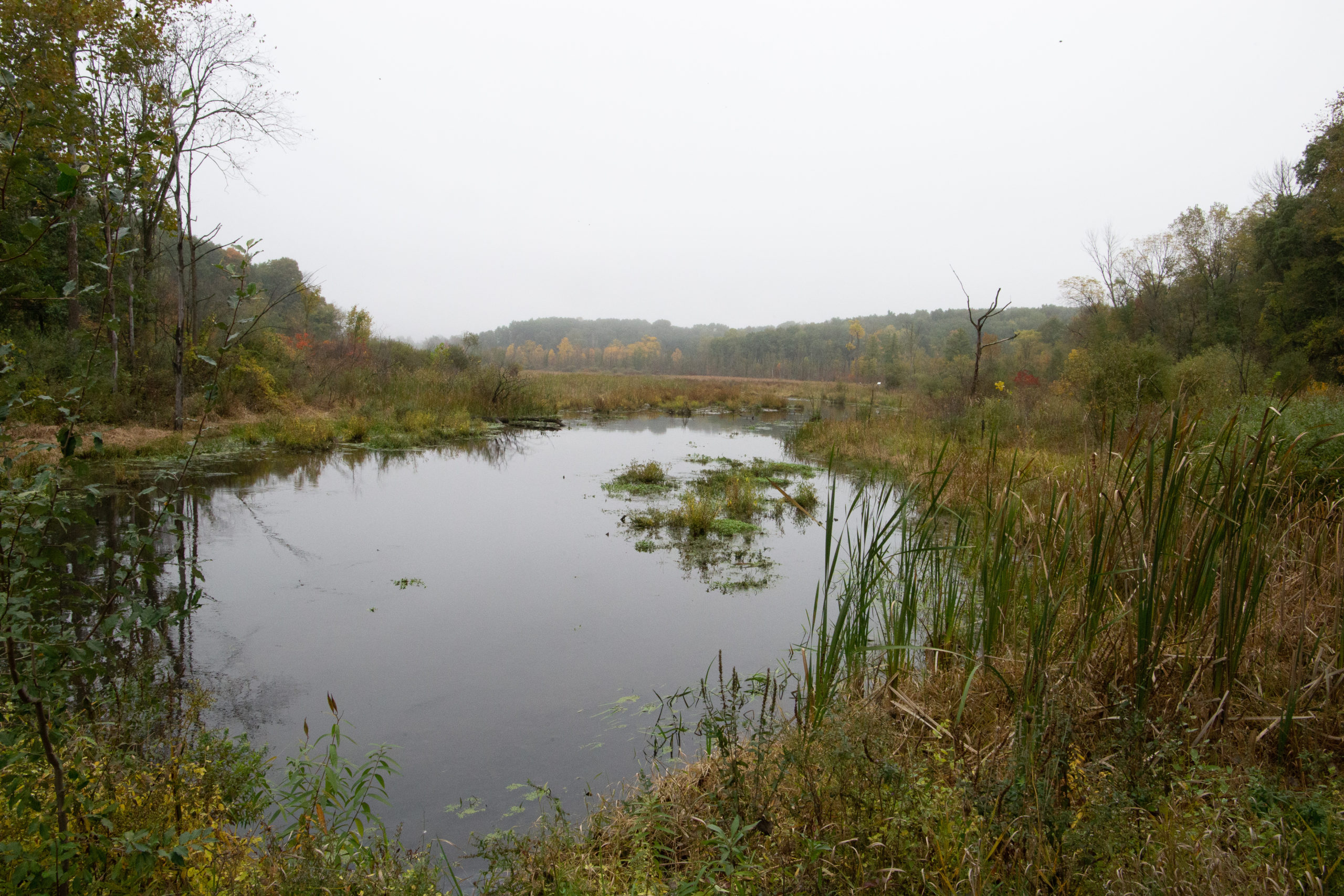This resource is for groups or individuals interested in engaging with policymakers. This is a generalized guide: if you have specific questions, please contact Mennonite Central Committee’s Washington Office, or a local organization in your community working on climate advocacy.
What You Can Do: Step-by-Step Guides to Climate Advocacy
Plan a Letter-writing Campaign
See a sample letter here
[Refer to Mennonite Central Committee’s “How to contact Congress” guide for general guidelines.]
- Do your own research, or consult with Mennonite Central Committee, another national advocacy organization, or a local grassroots organization to select a climate policy issue that matters to you and your community.
OR, if this is your first introduction to climate advocacy and you want to write a more general letter expressing your concern about climate change, think more generally about your relationship to creation care and climate action. Reflect on how your faith informs your work on climate solutions. - Once you have a sense of the subject and content of your letter, encourage your group of letter writers to think about why they care about climate change.
- Select which policymakers it makes sense to contact with your specific concerns and questions. If you’re unsure which level of government your policy “ask” should be directed towards, you can reach out to an advocacy group, like Mennonite Central Committee’s advocacy offices, or your state chapter of Interfaith Power and Light. A staff member from these offices can usually answer questions or direct you to somebody who can help.
- Write your letters to your policymakers. Each letter should be unique, explaining each person’s specific stance on a policy issue and why they care about climate change.
OR
Write a single letter-by-committee. This will take more negotiation, but it can be powerful to speak as a group. - if time permits, write the letter(s) by hand. Lawmakers tend to give hand-written letters more weight as they are clearly not form letters but were written by someone who cared enough to take the time to write out their concerns. If a church group is writing letters, consider doing an “Offering of Letters” during a worship time.
- Find your policymaker’s address or email address. Mail your letter (or use an online submission form on their website) and wait for a response.
- If you do not receive a response, you can follow-up by calling the policymaker’s office and asking for confirmation that they received your message.
What your letter should include:
- An introduction to your church, or group, in the letter an an explanation of why you’re writing the letter.
- The letter should be one page in length. The writing does not need to be complicated or laden in policy-heavy language.
- A thank-you to your policymaker for doing something that you support. It does not need to be connected to climate change, but if your policymaker has done something that you support, be sure to mention it!
- Your main “ask”— the policy or issue that you want your policymaker to support, or the concern that you have. The “ask” should be one or two sentences in length. [For example, “We ask that you include funding for renewable energy like wind and solar when you pass this year’s energy spending bill.”] You can bold or underline this ask.
- Storytelling. This is the “why” after your ask. If you have personal connections to the issues that you’re advocating for, make those connections in your letter(s). If you don’t have a personal connection, talk about a story you read or heard about how climate change is affecting others.
- A question. “How are you thinking about these issues?” “What hesitations would you have about supporting this bill?”
- Seek input. Whenever possible, look to the communities most impacted by the policies you’re advocating for. Particularly, Black and Indigenous communities, communities of color and low-income communities should be centered. Are BIPOC-led organizations backing the policy? Have you heard concerns from these communities, recognizing that diversity of thought exists in all communities?
- Editing. Is the letter addressed to the correct policymaker? Is the language polite, while also direct? Do all of the sentences in the letter contribute to your overall message of concern or support?
- Offer to stay in touch, or provide more information if the policymaker wants it. Close the letter by politely reminding the policymaker that you will be paying attention to their decisions regarding the policy or issue in question. Offer to follow-up with a phone call or an in-person meeting, if you or your group is able to do that.

Meet with the office of your policymaker…
[See Mennonite Central Committee’s “How to meet with your legislators” guide for general information on meeting with policymakers.]
Below are steps to prepare for and carry out a congressional staff member meeting.
- Gather your fellow advocates. Your group of advocates can be small or large.
- Select one or two specific policy issues and decide what you want to ask the policymaker to do regarding climate change.
- From amongst your group members, decide the following: Who will take notes? Who will prepare questions? Who will lead the scheduling and organizing process?
- Decide whether you want to meet in person, make a phone call or set up a video conference meeting. This may depend on the congressional staff members. For virtual visits, some are willing to meet via video conference; others prefer a phone call.
- Select the policymaker you want to be in touch with and reach out to their office. Let them know what general topic you would like to talk about so they can connect you with the right staff person. Tell them what church or churches you are affiliated with and where you are located (so they know you are a constituent of theirs). If you will be bringing a pastor or someone with a particular expertise or experience (such as a farmer who is confronting persistent droughts), let them know that.
- Set up a meeting time, asking how much time the staff member can allow to talk to you. Usually the staffer will offer 20-30 minutes to talk with you and your group.
Then, set up a planning meeting with the group who will attend the meeting with the staffer. Make a meeting outline, which should include:
- Introductions — names, locations and any connections you can make with the staff member. Does the staff member know the location of your church? Maybe they went to your local elementary school? Not all staff members are from the district or state that they are working for, but making these connections can be helpful. Also allow time to describe your church and its influence in the community.
- Thanks the staff member if there is some action that the policymaker has taken that you support (for example, they voted in support of a bill that you support). At the very least, thank them for taking the time to meet with you.
- Make a clear, simple ask — for example, “We’re asking the Senator to support funding for international climate adaptation measures.”
- Explain why the issue or policy matters to you. This is the time to tell stories and make connections between the work that your church does and the issue you’re talking about.
- Ask any questions you have about what the policy or ask might mean for the policymaker. For example, “What components of this policy could Representative X support?” or “Who else in our community has Senator Y heard from regarding this policy?”
- Make time for the staff member to answer questions and respond to your ask at the end of your meeting.
- If the staff member has questions you cannot answer, that is a perfect opportunity to offer to find the information and follow up with them later.
- Thank the staff member for their time.
After the meeting closes, choose one member of your team to send a follow-up email thanking the staff member and offering to follow up with them again regarding the issue.
Meet frequently with these staff members! The goal of advocacy is to build a relationship with your policymakers so that you can effectively advocate for justice. This work takes time but it is worth the effort.

Talking about climate change with skeptical policymakers…
If you know that you are entering the office of a policymaker who is skeptical of or openly opposed to responding to climate change, the way that you enter a space of conversation is important. As advocates, we want to use bridge-building language that facilitates conversation and allows us to express our concerns in a way that policymakers can hear. See some of the following tips if you are hoping to communicate effectively with a more skeptical office:
-Faith-rooted language can reach across divides, and help you frame this issue in light of your convictions. You can say, “As a Christian, I’m asking my leaders to support care for God’s creation.”
-Emphasize the impacts that climate change has on your specific region. For example, you may say, “Recent flooding has made farming increasing difficult for my community,” or, “Air pollution in my city means that my children and many others will not be as healthy. As a parent, this concerns me.”
-When talking about international climate policies, emphasize the ways that we see climate change already taking hold. You may ask things like, “Please support measures that help global communities adapt to the extreme weather changes that they are already seeing.”
-Emphasize the ways that clean energy can create jobs and strengthen communities affected by job loss. Say things like, “Please consider tax credits for renewable energy, which creates jobs and lowers energy costs.”
These can be difficult conversations to have. However, as a person of faith, you have a calling to speak truth for justice into these spaces of decision-making. As you go into these conversations, you are surrounded by the conviction and faithful work of people around the world.
Write a letter to the editor of your local newspaper…
See MCC’s “Getting Your Message Out” resource for further tips
- Although letters to the editor can address any issue that you feel comfortable writing about, they can be a good space to write about local and district-wide issues, especially if you are writing to a local newspaper.
- Respond quickly: The issue that you’re writing about should be relevant and connected to recent news.
- Keep it short: Most letters to the editor are 100-250 words in length. Write your individual (or your group’s) letter and submit it on your local newspaper’s website. If you are writing to a local newspaper, there is a greater chance that your letter will e published than if you submit to a larger, regional paper. Plus, your members of Congress are more likely to see a letter published in a newspaper in their state or district.
- Wait to hear back from the paper!
- Once your piece has been published, publicize the article via social media.
When it feels like advocacy just isn’t working: An aside
Sometimes your advocacy measures may feel like they’re not working. Maybe your member of Congress refuses to take a meeting, or has adamantly and repeatedly refused any conversation surrounding the issue of climate change. While these experiences are infrequent, and most elected officials can and should be reachable, some of advocates have encountered this challenge.
When this happens, there are things you can still do! Here is a short list to inspire you:
- Turn to new elected officials. Often, local officials (your county commissioner, city council members, etc.) are more accessible, and are primed to answer your questions and listen to your concerns. These positions do have influence over a community’s response to climate change. In the past few years, we have seen individual cities’ climate action plans play an important role in responding to climate change.
- Consider less traditional forms of advocacy: organize your community to facilitate a response to climate, make your church community’s actions on climate more public, host your own community town hall to discuss climate action.
Advocacy burnout is also a very real experience. After years of working on an issue, some people experience feelings of exhaustion, or a sense that advocacy for climate justice is no longer life-giving. If you find yourself in this position, and are able to, take a step back from the work. Find other activities that rejuvenate your commitment to acting for the climate. Further, turn to your community. Talk with other committed climate advocates about what inspires them.
When you’re ready to rejoin the efforts to respond to climate change, reach out to professional advocates from organizations like Mennonite Central Committee who can help you think about new ways to advocate on climate change.
Actions You Can Take: Some Inspiration

Maybe you’re ready to start advocating, but you’re not sure what types of actions you can take. The following is a list of ways people in your church and community can engage in the important work of advocating for just climate policies. Choose from among these, or engage with climate policies in other ways that are important to you! Be in touch with CSCS when you have taken a step to advocate for climate solutions. We would love to hear from you.
- Organize a climate advocacy discussion group, like you would a monthly book club. Use the CSCS Faithful Climate Advocacy: A Discussion Guide and spend time learning together about local climate policies and talking about how you can strategically engage.
- Connect with other Mennonite congregations that are already engaged in climate advocacy. Learn more about their advocacy efforts and, if they are in your region, ask if you can join them in their next advocacy effort.
- Plan a letter writing campaign
- Visit Mennonite Central Committee’s Washington Office’s website to see their current action alerts and sign up for their monthly letters. Reach out with any questions about how you can engage with their current climate advocacy efforts. Ask a member of the office to help you plan and set up a meeting with your members of Congress.
- Be in touch with your state’s chapter of Interfaith Power and Light. IPL chapters work on local and state issues related to climate change and can be a helpful support system as you start to think about advocacy specific to your communities.
- Look for a local environmental justice organization that is combining work on pollution and climate change with racial justice. Ask them how your church body can be supportive as they do their work.
- When you have newly elected members of political offices, set up get-to-know-you meetings with them. Take the time to list your priorities as a church, and connect those priorities to the work that you are doing in your community. During an election year, you can also plan questions to ask your local officials running for offices, using this election resource to get you started.
- Keep an eye out for local town halls when policymakers are available to answer community questions. Use Interfaith Power and Light’s Town Hall Toolkit to get started. You can also use the questions in the CSCS election resource to help you draft questions to ask the policymakers present at the town hall.
- When there are climate marches, vigils, or protests, gather a group of people from your church or broader community and encourage them to attend!
- Gather a small group, or work by yourself, to write a letter to your local newspaper expressing your concern about the climate crisis. If you can connect this crisis to a local policy addressing climate change or other environmental concerns, do so!
- Sign yourself up for advocacy or lobby days where you can advocate with people from around the country. A good advocacy event to watch for is the annual Ecumenical Advocacy Days.

